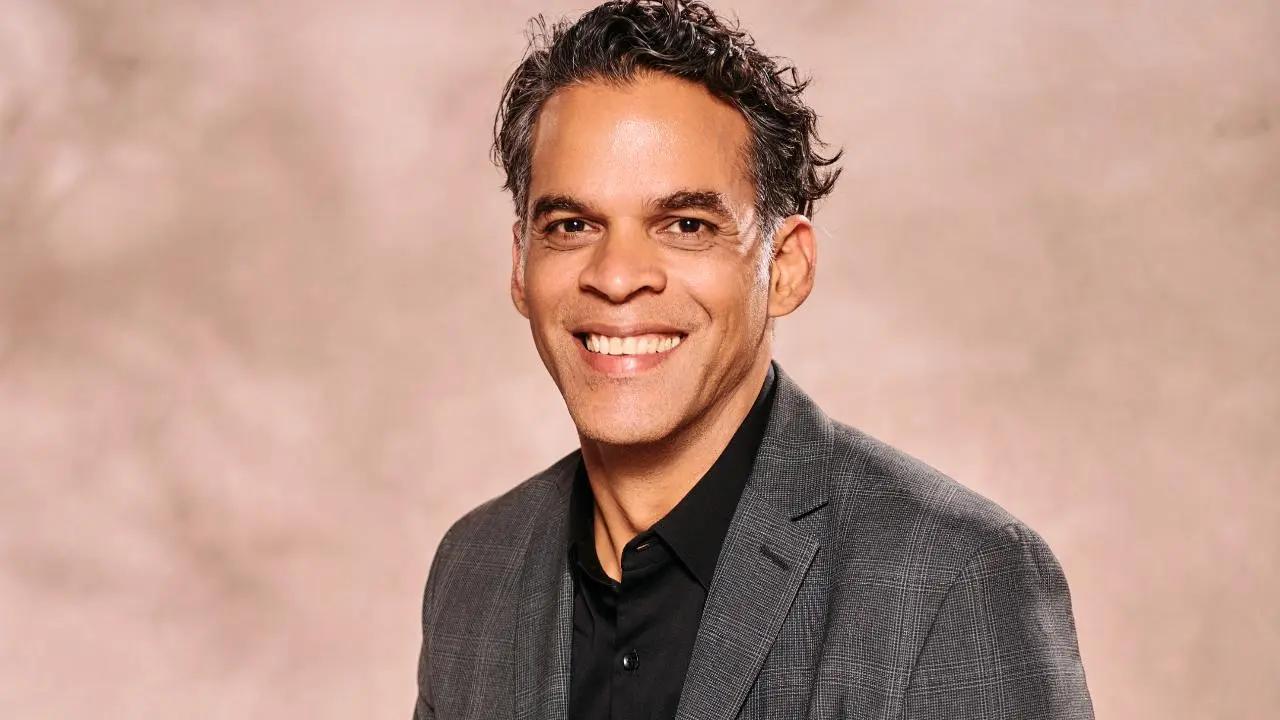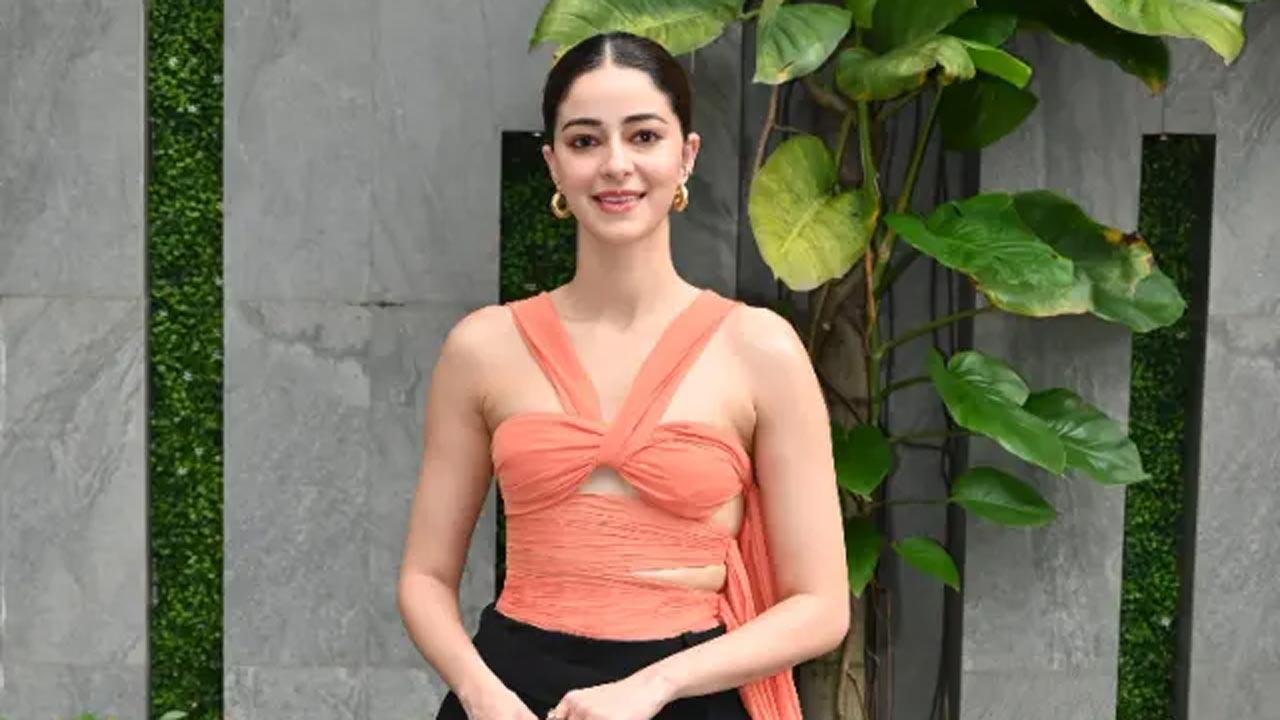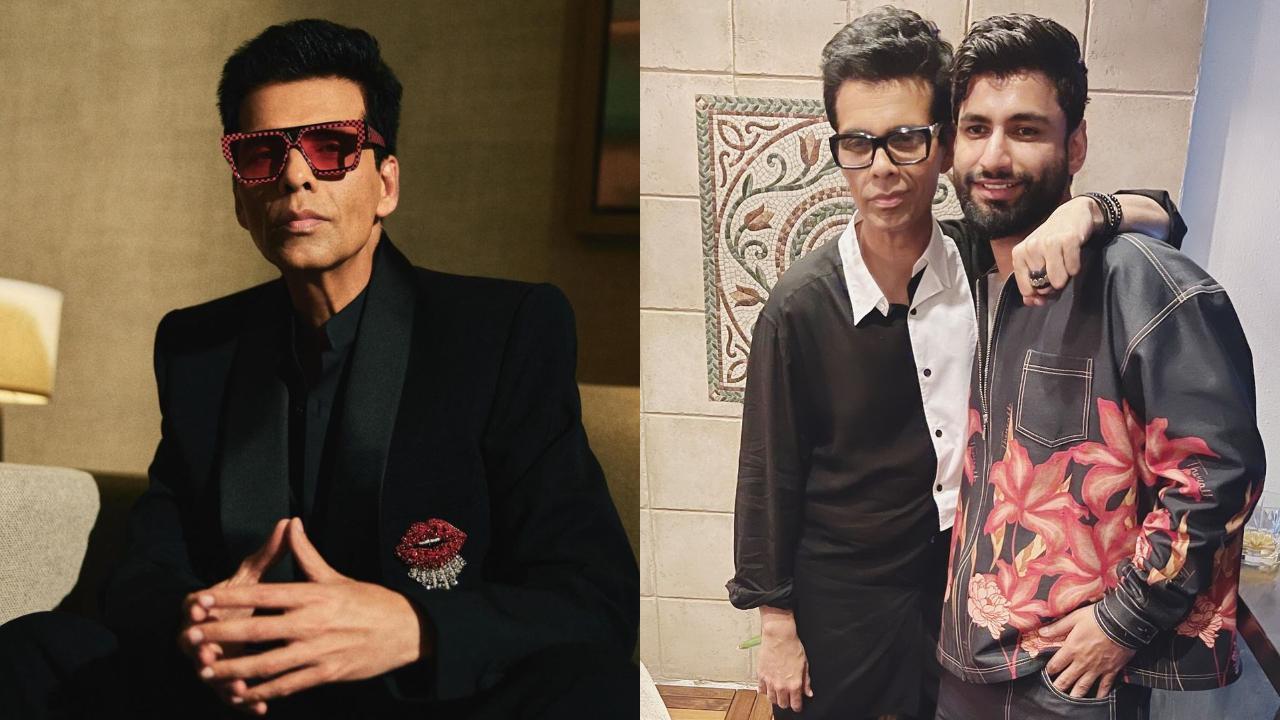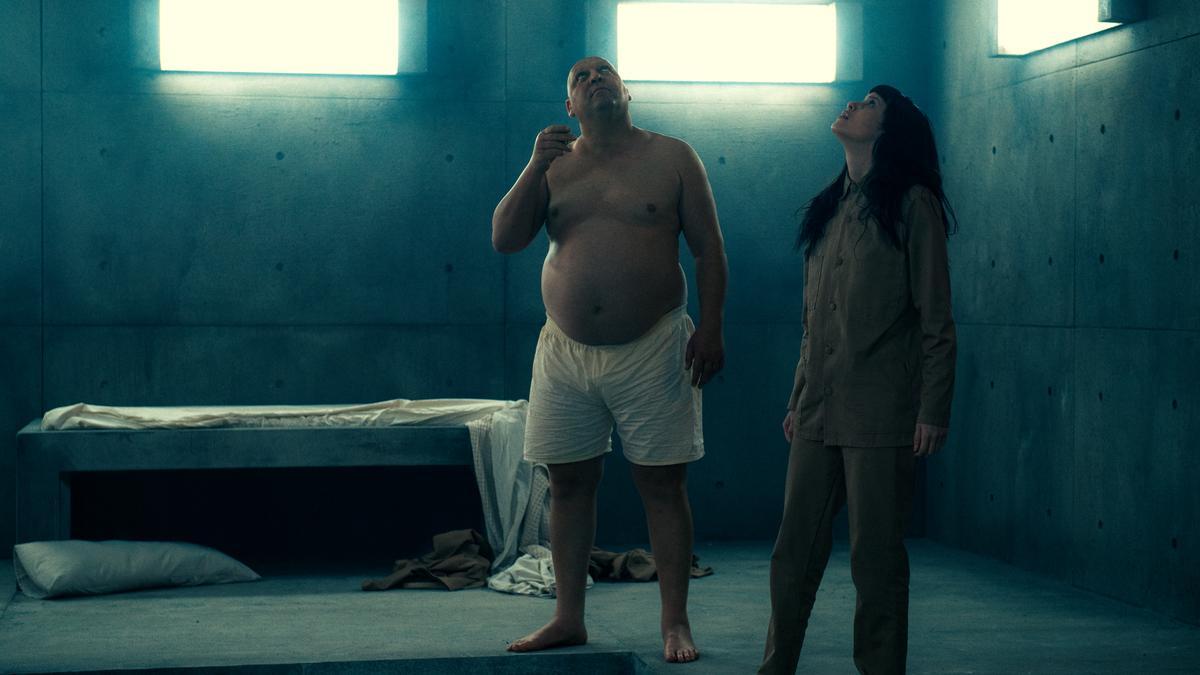
Renowned filmmaker Vikramaditya Motwane recently found himself immersed in lively discussions revolving around his latest release, CTRL. This gripping film, starring the vibrant Ananya Panday alongside Vihaan Samat, has found a burgeoning audience on streaming giant Netflix. As discussions continue to swirl around its compelling narrative, Motwane divulged intriguing insights into the project’s inception and its future trajectory.
In an intimate conversation about his creative process, Motwane opened up about the potential for a sequel to CTRL. While fans and interviewers posed questions about the film’s cliff-hanging narrative and whether this means a continuation is in the works, Motwane provided a nuanced response. He admitted, somewhat hesitantly, that while the idea of a revenge-centered sequel surfaced in discussions, his stance remains cautious. “Maybe,” he pondered aloud, “But I don’t know. I don’t buy into a sequel.”
This thoughtful hesitation stems from his belief that the character of Nella, portrayed with vigor by Ananya Panday, is not meant to traverse a path of vengeance. “In Nella’s case, she’s doomed. She’s gone down that rabbit hole again,” Motwane remarked. He expressed a careful reticence, emphasizing that he envisions CTRL as a single narrative with a cautionary undertone rather than a cyclical series that could potentially lose its original essence.
Motwane’s reflections further unraveled the evolution of CTRL’s storyline. During the initial writing stages, a more revenge-driven narrative for Nella was considered. Nella’s character was originally conceived as a force seeking retribution against those who had wronged her. However, as Motwane examined the logistical confines of the ‘screenlife’ format—a cinematic method that played a pivotal role in the film’s storytelling—he realized the constraints it imposed. “The scale of the enemy she faced posed a dilemma,” he noted, indicating that blending intense, traditional film techniques with the more contained screenlife approach was challenging.
.
He elaborated on what prompted the shift away from the revenge narrative: “Adding such a dramatic change wouldn’t flow well with the story’s structure.” The decision to not pursue this path wasn’t made lightly, but arose from an awareness of narrative cohesion within the boundaries the screenlife format necessitated.
Beyond the mere structural challenges, Motwane also broached a philosophical question that governed the decision: “That’s the moment we realized, why would anyone in their right mind stream this or shoot this, what would be the screenlife element? So, very quickly, that went out of the window.” This remark underscores his intent to remain faithful to the innovative storytelling medium rather than bending it to accommodate a traditional narrative arc.
CTRL itself stands as a cautionary tale on modern society’s escalating dependency on technology. The film presents Ananya Panday as Nella Awasthi and Vihaan Samat as Joe Mascarenhas. The duo portray a romantic couple who engage audiences with their savvy social media presence. Yet, beneath their seemingly flawless digital facade, turmoil brews when they part ways. It is here that Nella’s life spirals as she places her fate in the hands of a social media application ominously named “CTRL.”
Ananya Panday, reflecting on her role, stated, “My character Nella is like any of us. She’s caught up in a world dominated by technology and social media.” Through her journey, the film dissects the fine line individuals navigate between constructed online personas and authentic selves, an exploration which resonated with audiences.
“Working with Vikram sir and Nikhil sir has been an incredible journey,” Ananya shared in a press release, reiterating the collaborative essence that fueled the project. Her portrayal of Nella invited viewers to engage deeply and introspectively with Nella’s struggles, as a mirror to their own digital engagements.
Well-received and thought-provoking, CTRL has admirably captured attention. As speculation on sequels persists, it is clear that Motwane envisions the current narrative as the poignant encapsulation of the film’s message—a cautionary tale, standing strong against the mercurial tides of social media influence and technological over-dependence. For now, Motwane’s creative narrative remains just as he, perhaps best, intended—a singular journey bound to spark reflection in an ever-evolving digital age.










